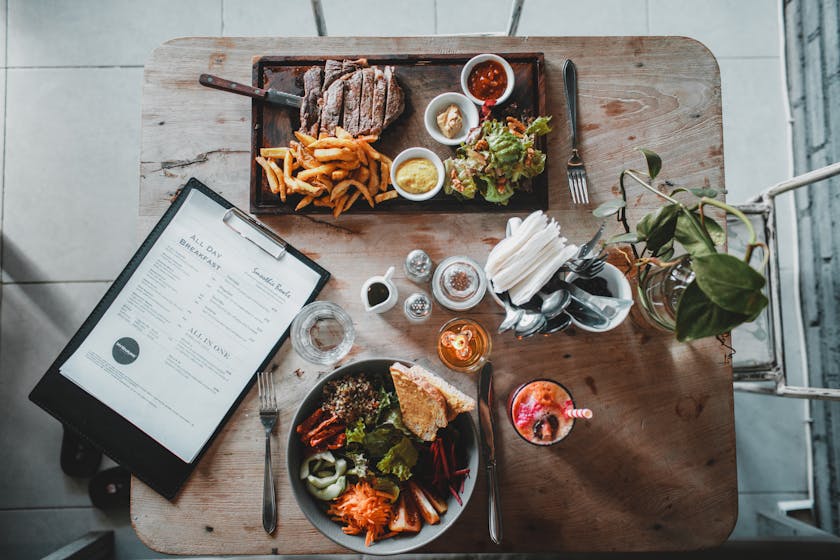When it comes to emergency preparedness, having a reliable bulk meal storage plan can be a lifesaver. Whether it’s due to natural disasters, pandemics, or other unforeseen events, being prepared with sufficient food supply is essential.
Understanding the Importance of Bulk Meal Storage
Emergency situations often come without warning, and the last thing you want is to be caught without enough food to last through the crisis. Bulk meal storage is not just about stockpiling random items; it’s about strategic planning to ensure nutritional needs are met even when access to fresh food may be limited.
Getting Started with Your Bulk Meal Storage Plan
To begin with, assess your household’s dietary needs and preferences. Consider any allergies or dietary restrictions that may affect what you should store. Once you have a clear understanding, you can start building your bulk meal storage with the following steps:
- Choose the Right Foods: Opt for non-perishable items such as rice, beans, canned goods, dried fruits, and nuts. These foods have a long shelf life and are versatile for various meal preparations.
- Consider Nutritional Value: Make sure to include foods rich in protein, vitamins, and minerals. It’s also essential to have a balance of carbohydrates, fats, and proteins to maintain energy levels during a crisis.
- Proper Storage Solutions: Invest in airtight containers, vacuum-sealed bags, and food-grade buckets to protect your food from pests and extend its shelf life.
- Label and Organize: Clearly label each container with the contents and expiration date. Organize your storage area to rotate foods and use the oldest items first.
- Regularly Update Your Stock: Periodically check your bulk meal storage to replace expired items and adjust according to any changes in your household’s dietary preferences.
Maximizing Shelf Life and Maintaining Food Safety
Temperature and humidity control are crucial for maximizing the shelf life of your stored food. A cool, dark, and dry environment is ideal for preventing spoilage and maintaining nutritional quality. Additionally, consider the following:
- Temperature: Aim to keep your storage area at or below 70 degrees Fahrenheit.
- Moisture: Use desiccants or moisture absorbers to keep humidity levels low.
- Pest Control: Regular inspections for signs of pests can prevent contamination and loss of food.
Creating Meal Plans from Your Bulk Storage
Once you have your bulk meal storage in place, it’s wise to create meal plans that utilize the stored ingredients. This ensures variety and prevents palate fatigue during extended periods of reliance on your stockpile. Practice preparing meals from your storage to become familiar with the cooking process and to make necessary adjustments to your storage plan.
Regular Review and Rotation of Bulk Meal Storage
Reviewing your bulk meal storage regularly ensures that you are always prepared. Rotate your stock to use the oldest items first. This also gives you the opportunity to refresh your storage with new items, keeping your emergency food supply up-to-date and diversified.
Remember, bulk meal storage is an ongoing process that requires attention and maintenance. By following these guidelines, you can create a robust system that provides peace of mind and security in the face of emergencies.




